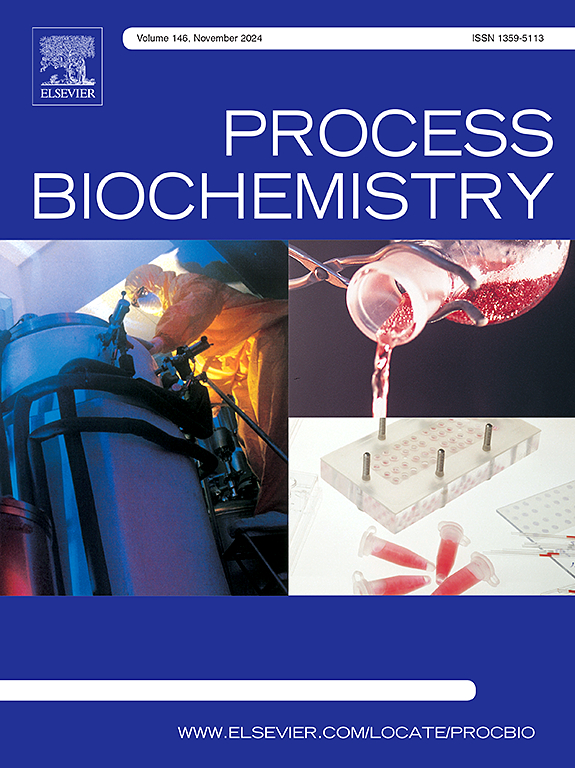Transforming dairy effluent into valuable resources: Harnessing microalgae for sustainable production of nutraceuticals and pharmaceuticals
IF 3.7
3区 生物学
Q2 BIOCHEMISTRY & MOLECULAR BIOLOGY
引用次数: 0
Abstract
The dairy industry generates nutrient-rich effluent, significantly contributing to global eutrophication and waterborne diseases. Dairy effluent (DE) can be transformed from waste into valuable products by using it as a cultivation medium for microalgae. Microalgae have high biomass productivity and are rich in lipids, proteins, carbohydrates, vitamins, and carotenoids. These compounds are in high demand in the nutraceutical and pharmaceutical industries. This review examines DE as a sustainable alternative to synthetic media for cultivating microalgae, which is rich in nutrients like nitrogen, phosphorus, and lactose. It compares the composition of processed dairy effluent (PDE) with synthetic media, showcasing its potential for microalgae cultivation for nutraceutical and pharmaceutical applications. The review also highlights the environmental risks of untreated DE and advocates for PDE-based cultivation as an eco-friendly solution. It discusses photobioreactor (PBR) designs optimized for PDE treatment and explores the global market for microalgal products. Challenges such as scaling production and regulatory hurdles have been discussed, emphasizing the need for sustainable microalgae cultivation. This review advances algal biorefinery research by presenting DE as a sustainable cultivation medium for producing high-value microalgal products using suggested PBRs. It highlights strategies to integrate wastewater treatment with bioproduct generation, fostering scalable and eco-friendly solutions.
求助全文
约1分钟内获得全文
求助全文
来源期刊

Process Biochemistry
生物-工程:化工
CiteScore
8.30
自引率
4.50%
发文量
374
审稿时长
53 days
期刊介绍:
Process Biochemistry is an application-orientated research journal devoted to reporting advances with originality and novelty, in the science and technology of the processes involving bioactive molecules and living organisms. These processes concern the production of useful metabolites or materials, or the removal of toxic compounds using tools and methods of current biology and engineering. Its main areas of interest include novel bioprocesses and enabling technologies (such as nanobiotechnology, tissue engineering, directed evolution, metabolic engineering, systems biology, and synthetic biology) applicable in food (nutraceutical), healthcare (medical, pharmaceutical, cosmetic), energy (biofuels), environmental, and biorefinery industries and their underlying biological and engineering principles.
 求助内容:
求助内容: 应助结果提醒方式:
应助结果提醒方式:


